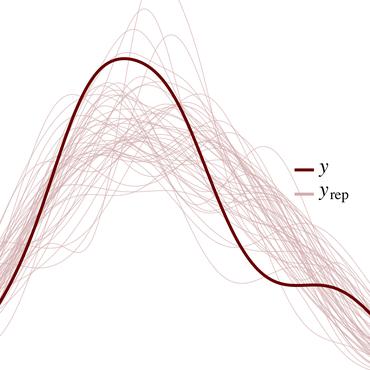Bayesian deep learning with hierarchical prior: Predictions from limited and noisy data
Datasets in engineering applications are often limited and contaminated, mainly due to unavoidable measurement noise and signal distortion. Thus, using conventional data-driven approaches to build a reliable discriminative model, and further applying this identified surrogate to uncertainty analysis remains to be very challenging. A deep learning approach is presented to provide predictions based on limited and noisy data. To address noise perturbation, the Bayesian learning method that naturally facilitates an automatic updating mechanism is considered to quantify and propagate model uncertainties into predictive quantities. Specifically, hierarchical Bayesian modeling (HBM) is first adopted to describe model uncertainties, which allows the prior assumption to be less subjective, while also makes the proposed surrogate more robust. Next, the Bayesian inference is seamlessly integrated into the DL framework, which in turn supports probabilistic programming by yielding a probability distribution of the quantities of interest rather than their point estimates. Variational inference (VI) is implemented for the posterior distribution analysis where the intractable marginalization of the likelihood function over parameter space is framed in an optimization format, and stochastic gradient descent method is applied to solve this optimization problem. Finally, Monte Carlo simulation is used to obtain an unbiased estimator in the predictive phase of Bayesian inference, where the proposed Bayesian deep learning (BDL) scheme is able to offer confidence bounds for the output estimation by analyzing propagated uncertainties. The effectiveness of Bayesian shrinkage is demonstrated in improving predictive performance using contaminated data, and various examples are provided to illustrate concepts, methodologies, and algorithms of this proposed BDL modeling technique.
PDF Abstract


